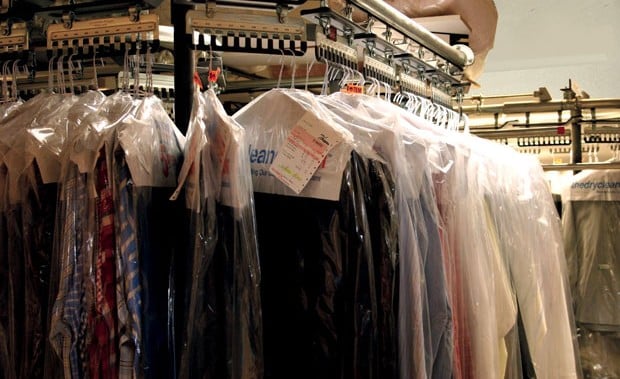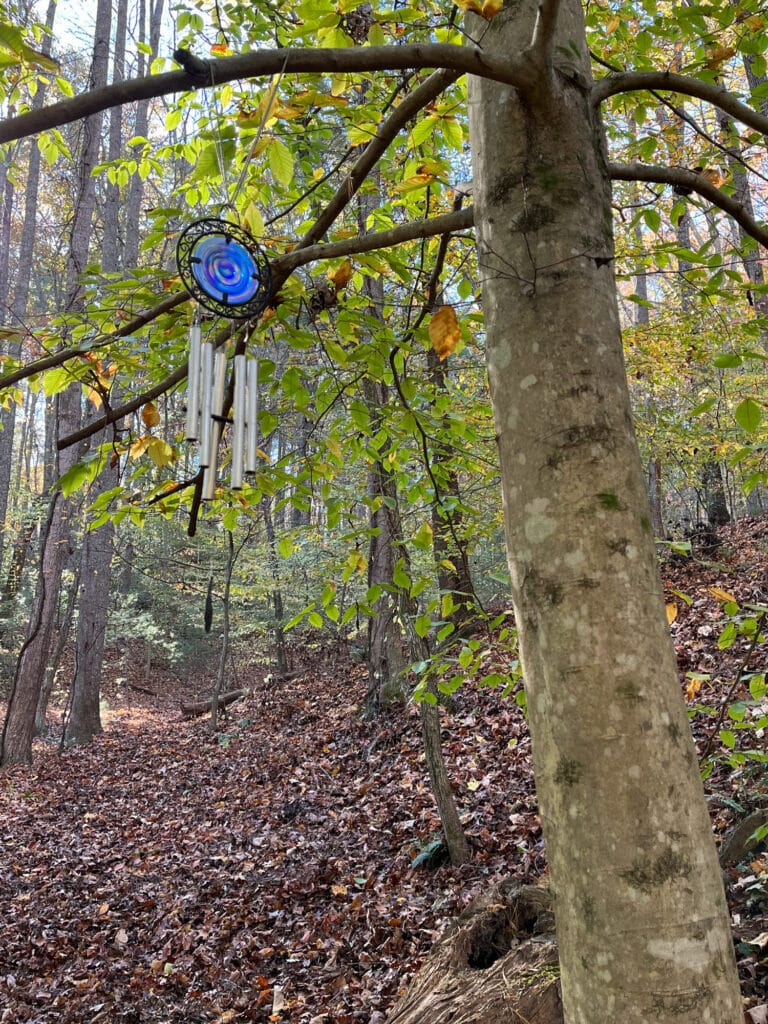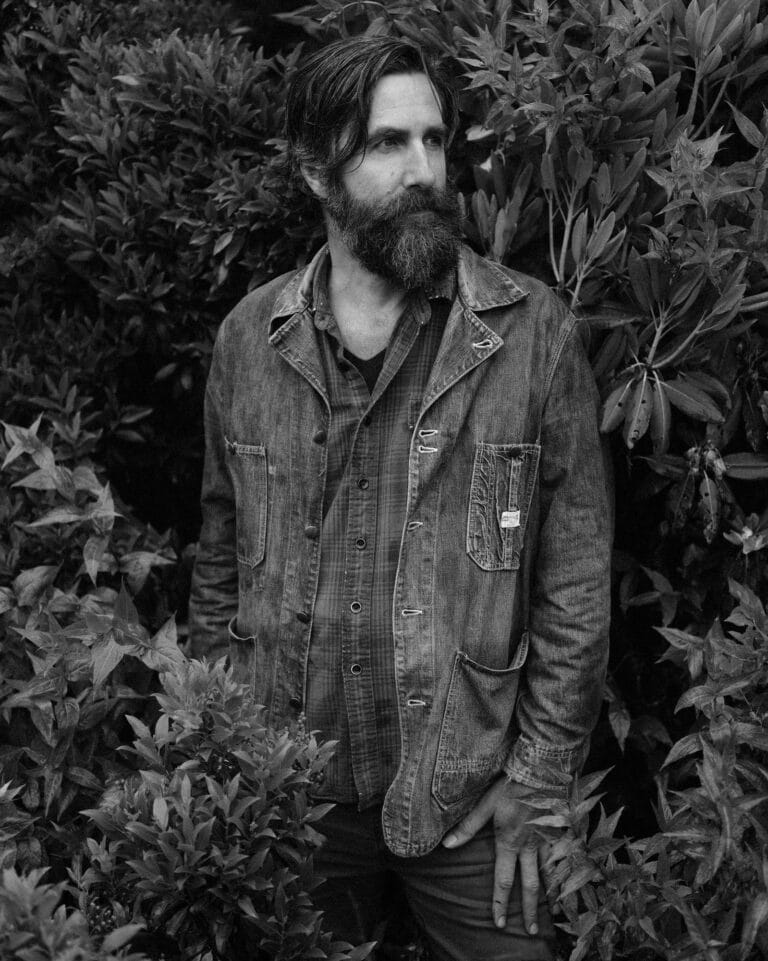Dear EarthTalk: Some drycleaners I’ve seen offer “wet cleaning” as opposed to dry cleaning. What’s the difference? Is it better for the environment?
— Elizabeth Connelly, Tampa, FL
The dry-cleaning industry has come under attack in recent years for its use of perchloroethylene (“perc”), a noxious chemical solvent that does a good job cleaning and not damaging sensitive fabrics but which is also considered a hazardous air contaminant by the U.S. Environmental Protection Agency (EPA) and a probable human carcinogen by the International Agency for Research on Cancer.
Also, exposure to perc can irritate the skin and has been associated with central nervous system disorders. Drycleaners are required to reuse what perc they can and dispose of the rest as hazardous waste, but there are still concerns about contamination at and around sites that don’t follow best practices. California has banned the use of perc by drycleaners beginning in 2023, and several other states may follow suit.
Given the issues with perc—and the fact that most of the nation’s 34,000 commercial drycleaners still use it—many consumers are demanding greener ways to get their fine clothes and fabrics clean. So-called wet cleaning—whereby cleaning professionals use small amounts of water, non-toxic detergents and conditioners (instead of perc and other harsh detergents) inside specially designed machines to get fine garments and other fabrics clean—is one of the most promising alternatives.
“The garments are agitated in the computerized wet cleaning machine just enough to extract the dirt and grime, but not enough to alter the structure, size or color,” reports the website Earth911.com. “The garments are then transferred to a high-tech drying unit that [that] automatically stops once the prescribed level of moisture is reached.” Earth911.com adds that after drying, wet cleaned garments are pressed, hung up and bagged for pick-up by or delivery to customers—just like at the drycleaners.
The EPA is encouraging drycleaners to make the switch to greener solvents through a cooperative partnership with the professional garment and textile care industry. The agency’s Design for the Environment Garment and Textile Care Partnership recognizes the wet cleaning process as “an environmentally preferable technology that is effective at cleaning garments.”
Another green alternative to perc is also starting to catch on: using pressurized carbon dioxide (CO2) to get fabrics clean. CO2 exists as a gas at low pressure but turns to liquid at higher pressure and can serve as a solvent in tandem with non-toxic soap to get materials clean. “Clothes are placed in the dry cleaning machine drum and cool CO2 is pumped in until, at high pressure, [it] becomes a liquid,” reports Corry’s, a leading drycleaner in the Seattle area. “After the wash cycle is complete the CO2 is filtered, and the pressure is released spontaneously converting the CO2 back to a gas from a liquid. The CO2 then goes back into the holding tank. The clothes are left clean, smelling fresh, cool and perfectly dry.”
There are other greener processes out there as well. If a new cleaner opens up in your neighborhood, chances are they are using something cleaner than perc. Or they should be. So make sure to go in and ask.
CONTACTS: Earth911.com, www.earth911.com; Design for the Environment Garment and Textile Care Partnership, epa.gov/dfe/pubs/projects/garment/; Corry’s CO2 Cleaners, www.corrysco2cleaners.com.
EarthTalk® is written and edited by Roddy Scheer and Doug Moss and is a registered trademark of E – The Environmental Magazine (www.emagazine.com). Send questions to: [email protected]. Subscribe: www.emagazine.com/subscribe. Free Trial Issue: www.emagazine.com/trial.








